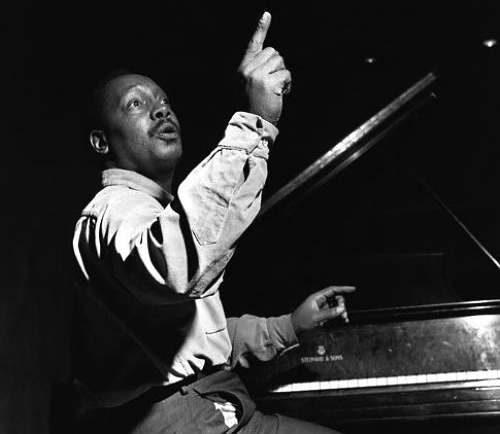Tadd Dameron as a composer and arranger was the man who in the 1940s and ‘50s was among the first to use the sometimes raw and undisciplined devices of the then- new style of jazz called bebop in well-developed arrangements for big bands and small groups. Perhaps more than any other musician, Dameron added form to the then-emerging style of bop.
He began experimenting with new ideas while writing arrangements for the Jimmie Lunceford Orchestra. Dameron recalled, “I started writing in my own style when I got on Count Basie’s band.” Arranging for Gillespie’s big band, Dameron took the long phrases, powerful upbeat rhythms and chord changes of bop that Dizzy and Charlie Parker were pioneering, and used them in big band arrangements. Among his early compositions for Gillespie was “Good Bait.”
Dameron wrote such standards as Good Bait, Our Delight, Hot House and Lady Bird, including his best known composition, “If You Could See Me Now,” recorded by Sarah Vaughan and Dameron’s old boyhood buddy Freddie Webster. Dameron also wrote for Sonny Stitt, Blue Mitchell, Milt Jackson, and Benny Goodman. Saxophonist Dexter Gordon called Dameron the “Romanticist” of the Bop movement. And in 1947, Dameron was honored by Esquire magazine as “The Best New Jazz Arranger.”
Tadd Dameron’s last session recording was “The Magic Touch of Tadd Dameron,” (1962) a definitive set that sums up much of his career. Bill Evans on piano, tenor saxophonist Johnny Griffin; trumpeters Charlie Shavers, Joe Wilder, and Clark Terry; trombonist Jimmy Cleveland; Julius Watkins on French horn; and drummer Philly Joe Jones. This record is an appropriate farewell from be-bops finest arranger, whose time was cut much too short. Tadd Dameron died in 1965.

